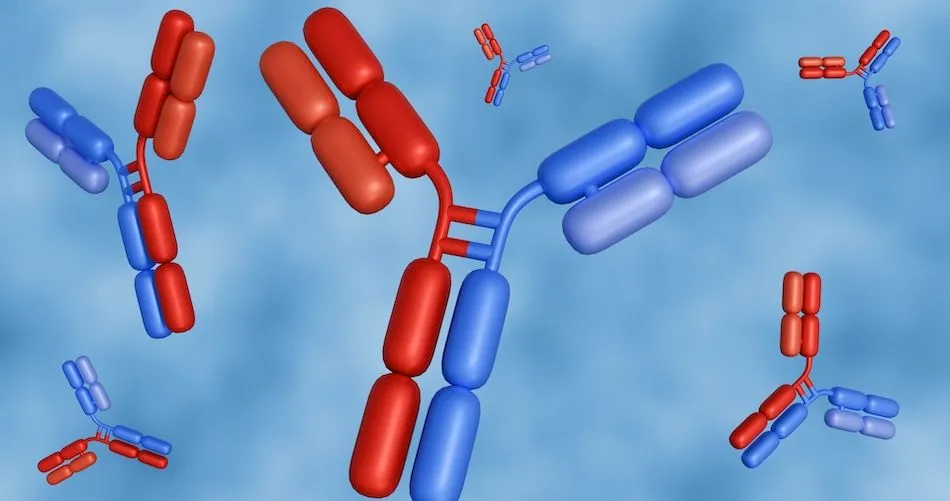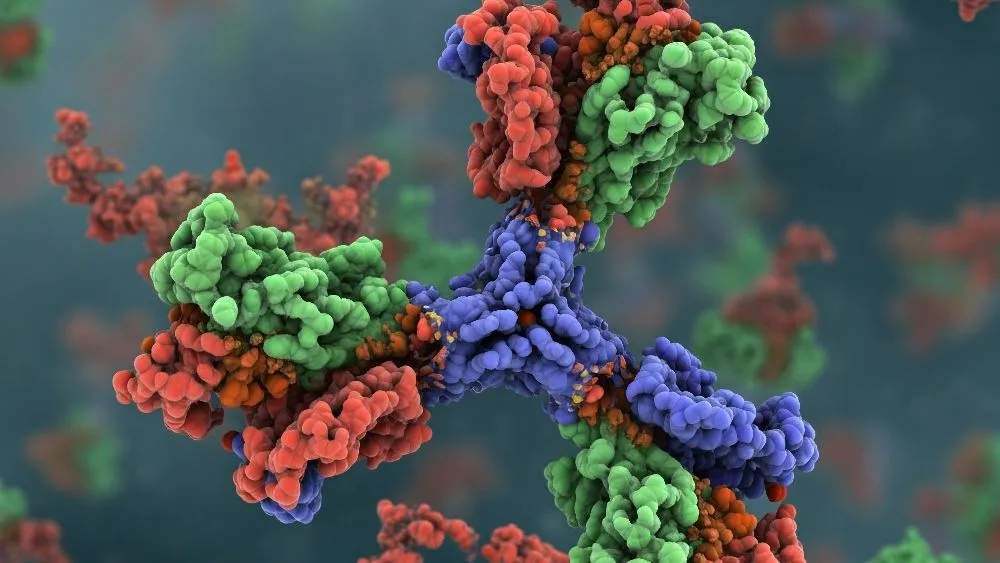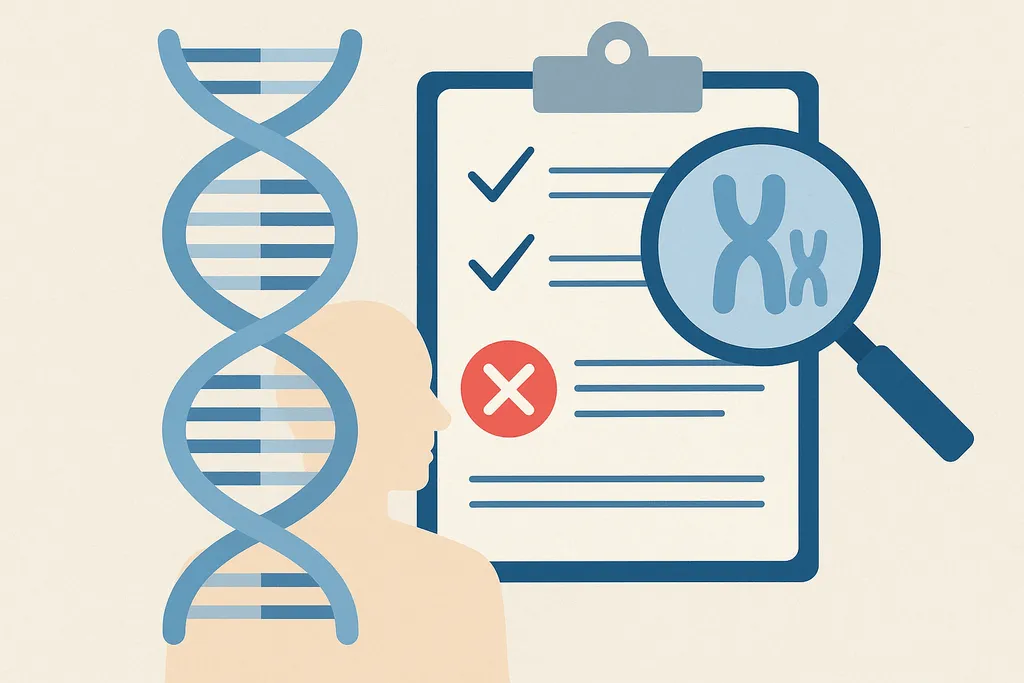ASH 2021: Getting to the Truth Through Studies

One would assume with every chemotherapeutic agent added to the post-transplant regimen, we would see improvements in the duration of response. But that’s not always the case. Unlike much of the good news on advances in myeloma treatment today, we have to remember it’s still not good for every medication option.
A common question looming on the mind of every transplant patient is: What should I do after transplant? So, it was a bit disheartening to learn about the seemingly counterintuitive findings of a study on post-consolidation maintenance, particularly for patients seeking quality of life improvement with an all oral-regimen. Especially after the compelling positive evidence I learned about from the GRIFFIN trial.
Spanish researchers turned this notion on its head by demonstrating that the addition of ixazomib (Ninlaro), an oral proteasome inhibitor (PI), to lenalidomide (Revlimid) did nothing to help improve progression-free survival (PFS) after transplant consolidation therapy.
Post-consolidation maintenance options argued by myeloma experts run the gambit from aggressive four agent therapy to no maintenance therapy for those who achieve a stringent complete response (sCR) or minimal residual disease (MRD) negativity.
Previous studies have shown a benefit in maintenance therapy by adding bortezomib (Velcade) to lenalidomide increases progression free survival. However, since the combination is well-known to cause peripheral neuropathy, substituting a proteasome inhibitor to decrease or eliminate peripheral neuropathy inspired the idea of this study.
Enter ixazomib, an oral proteasome inhibitor with a record of very low incidence of peripheral neuropathy. It made sense to think that this regimen would boast improved quality of life and liberate patients from the chemo suites, injections, or regular infusions, while maintaining the advantage of a proteasome inhibitor in maintenance therapy.
On the other hand, ixazomib is associated with a significantly higher incidence of gastrointestinal (GI) side effects than other PIs. Accordingly, there was an increased incidence of GI side effects and thrombocytopenia (low platelets that increase the risk of clots, bleeding and bruises) in the study arm with ixazomib, which caused dose reduction in 31% of the patients and discontinuation in 9%.
Patients with standard and high-risk cytogenetics, as well as with positive and negative minimal residual disease following transplant were included in the Spanish study. The results across the board showed no significant improvement in PFS or in the depth of response, as measured by International Myeloma Working Group (IMWG) criteria or MRD testing.
The indication is that ixazomib does not have a role in routine post-transplant maintenance therapy. In the light of the compelling positive evidence for the addition of daratumumab to lenalidomide from the GRIFFIN study, this adds, in my opinion, another nail in the coffin for using ixazomib post-transplant.
It’s disappointing because it seemed like such an obviously good idea when looking at the study design objectively. But that’s why you do clinical trials—to get to the truth.
One would assume with every chemotherapeutic agent added to the post-transplant regimen, we would see improvements in the duration of response. But that’s not always the case. Unlike much of the good news on advances in myeloma treatment today, we have to remember it’s still not good for every medication option.
A common question looming on the mind of every transplant patient is: What should I do after transplant? So, it was a bit disheartening to learn about the seemingly counterintuitive findings of a study on post-consolidation maintenance, particularly for patients seeking quality of life improvement with an all oral-regimen. Especially after the compelling positive evidence I learned about from the GRIFFIN trial.
Spanish researchers turned this notion on its head by demonstrating that the addition of ixazomib (Ninlaro), an oral proteasome inhibitor (PI), to lenalidomide (Revlimid) did nothing to help improve progression-free survival (PFS) after transplant consolidation therapy.
Post-consolidation maintenance options argued by myeloma experts run the gambit from aggressive four agent therapy to no maintenance therapy for those who achieve a stringent complete response (sCR) or minimal residual disease (MRD) negativity.
Previous studies have shown a benefit in maintenance therapy by adding bortezomib (Velcade) to lenalidomide increases progression free survival. However, since the combination is well-known to cause peripheral neuropathy, substituting a proteasome inhibitor to decrease or eliminate peripheral neuropathy inspired the idea of this study.
Enter ixazomib, an oral proteasome inhibitor with a record of very low incidence of peripheral neuropathy. It made sense to think that this regimen would boast improved quality of life and liberate patients from the chemo suites, injections, or regular infusions, while maintaining the advantage of a proteasome inhibitor in maintenance therapy.
On the other hand, ixazomib is associated with a significantly higher incidence of gastrointestinal (GI) side effects than other PIs. Accordingly, there was an increased incidence of GI side effects and thrombocytopenia (low platelets that increase the risk of clots, bleeding and bruises) in the study arm with ixazomib, which caused dose reduction in 31% of the patients and discontinuation in 9%.
Patients with standard and high-risk cytogenetics, as well as with positive and negative minimal residual disease following transplant were included in the Spanish study. The results across the board showed no significant improvement in PFS or in the depth of response, as measured by International Myeloma Working Group (IMWG) criteria or MRD testing.
The indication is that ixazomib does not have a role in routine post-transplant maintenance therapy. In the light of the compelling positive evidence for the addition of daratumumab to lenalidomide from the GRIFFIN study, this adds, in my opinion, another nail in the coffin for using ixazomib post-transplant.
It’s disappointing because it seemed like such an obviously good idea when looking at the study design objectively. But that’s why you do clinical trials—to get to the truth.

about the author
Kyle Colvin, MD
“As a physician, I figured I may have a unique perspective on the disease, as well as a knowledge base and the time to help patients understand the disease course and treatment options. I figure that I should give back to those in need since my life has been incredibly fortunate, even with this disease.”
More on Conferences
Trending Articles




Get the Latest Multiple Myeloma Updates, Delivered to You.
By subscribing to the HealthTree newsletter, you'll receive the latest research, treatment updates, and expert insights to help you navigate your health.
















